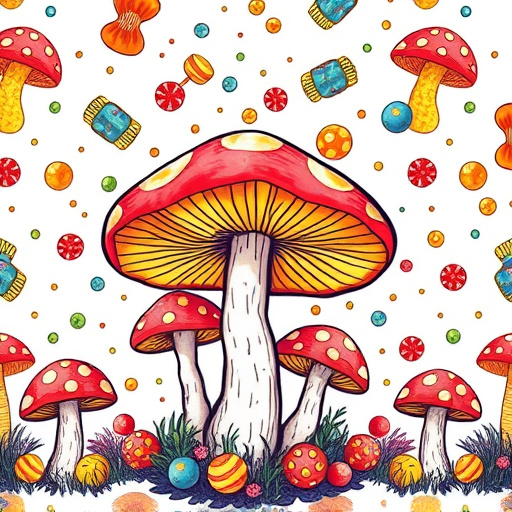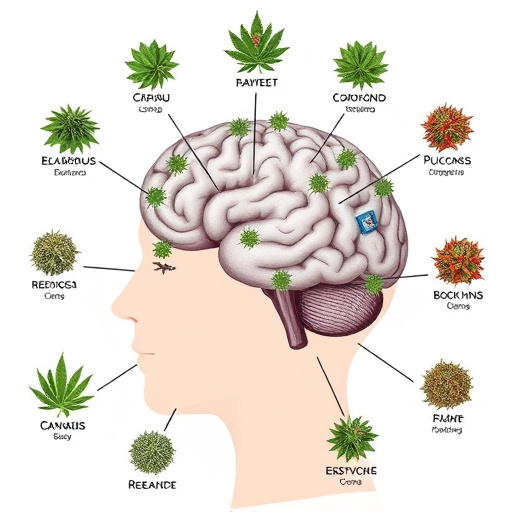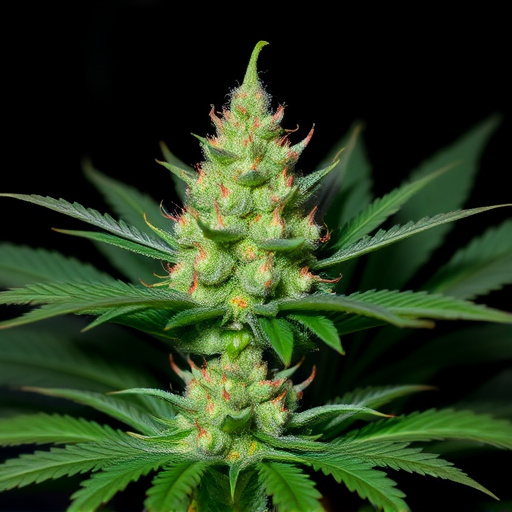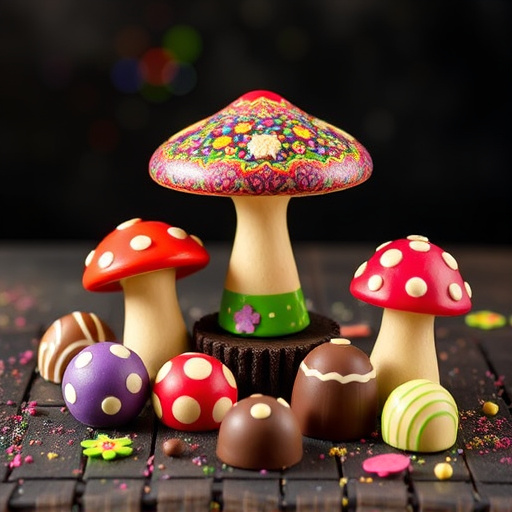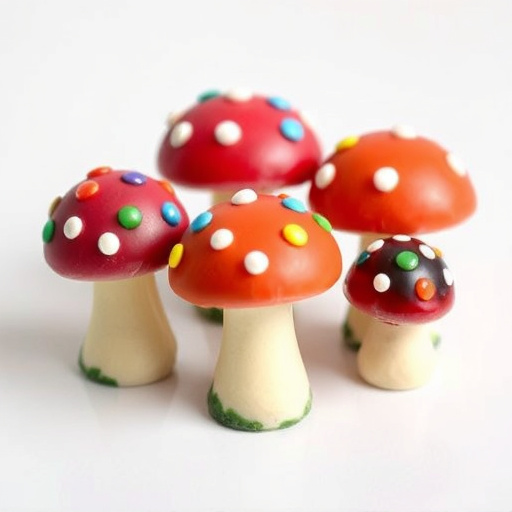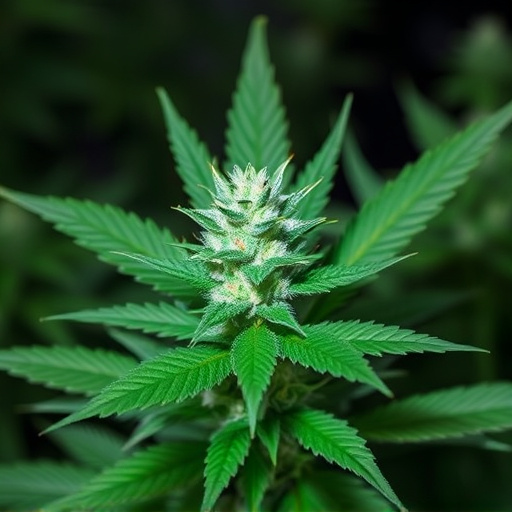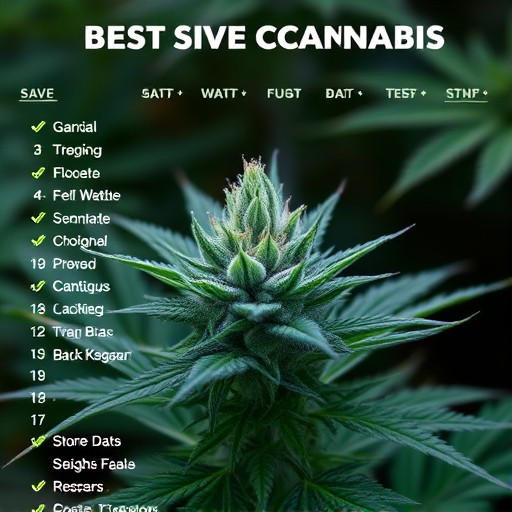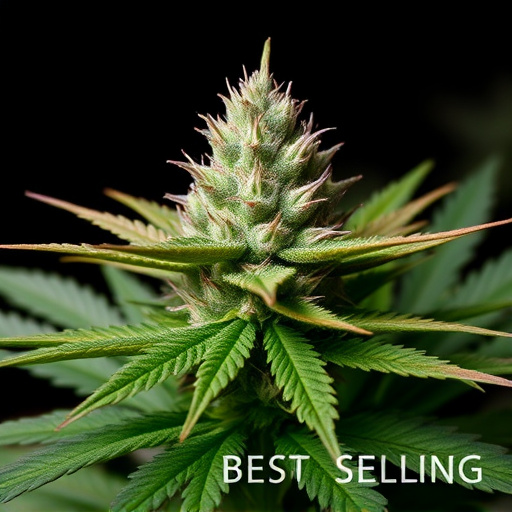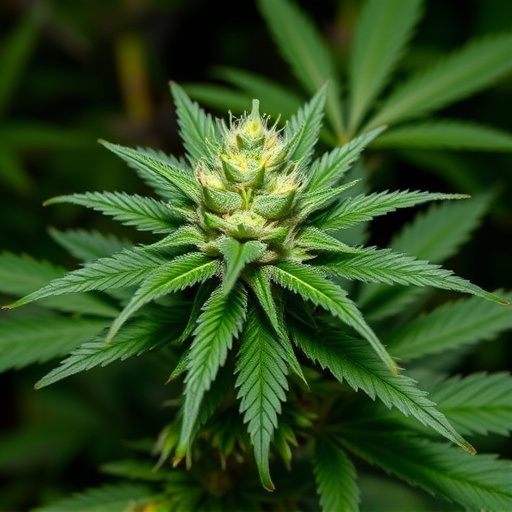Cannabis terpenes, aromatic compounds influencing scent and effects, are key drivers behind the diverse profiles of best-selling cannabis strains. Myrcene and limonene exemplify this, with myrcene contributing notably to the skunk aroma highly sought after in popular strains. Genetic diversity and cultivation techniques, such as open-air methods, play significant roles in amplifying these terpenes, catering to consumer preferences for specific scents and effects. Growers strategically breed and cultivate to produce robust skunk profiles, ensuring these signature aromas remain prominent in best-selling cannabis strains.
Ever wondered why some cannabis strains emit a distinct, skunk-like aroma while others are subtler? It all comes down to terpenes—the aromatic compounds responsible for a strain’s unique scent. This article explores the science behind these powerful molecules and delves into genetic factors and cultivation techniques that contribute to the skunkier profiles of certain popular cannabis strains, from the best-selling varieties to lesser-known gems.
- Understanding Cannabis Terpenes and Their Impact on Smell
- Genetic Factors: Why Some Strains Produce Stronger Skunk Aromas
- Cultivation Techniques and Skunk-Like Odors in Popular Strains
Understanding Cannabis Terpenes and Their Impact on Smell
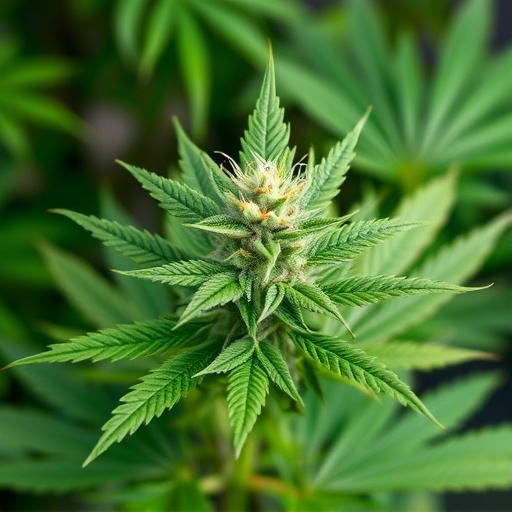
Cannabis terpenes play a pivotal role in shaping the aroma and flavor profiles that make different strains distinct. Terpenes are aromatic compounds naturally produced by cannabis plants, contributing to the unique “skunk” scent often associated with the best-selling cannabis strains. Each terpene offers its own olfactory characteristics, ranging from fruity and floral notes to earthy and pungent ones. Myrcene, for instance, is known for its musky and earthier notes, while limonene adds a citrusy zing.
The impact of terpenes on smell goes beyond mere aroma. These compounds can also influence the overall effects users experience. Certain terpenes are believed to enhance or moderate the potency and mood-altering properties of cannabinoids like THC and CBD. Understanding this intricate relationship allows cultivators to craft strains with specific terpene profiles, catering to diverse consumer preferences for both scent and effect, especially among those who enjoy the popular best-selling cannabis strains.
Genetic Factors: Why Some Strains Produce Stronger Skunk Aromas
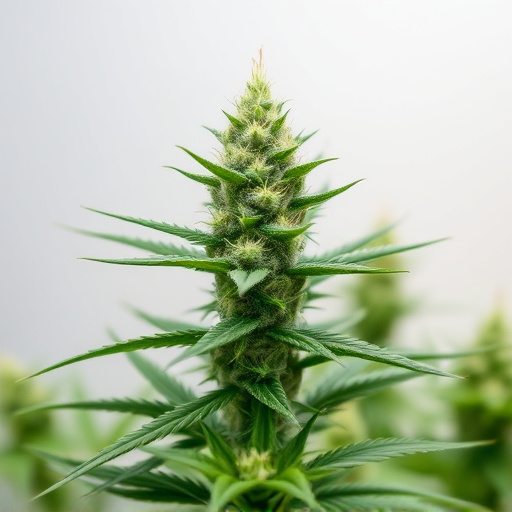
The skunk-like aroma in cannabis is primarily attributed to a group of compounds called terpenes, especially myrcene. However, genetic factors play a significant role in determining how pronounced this skunkiness is. Different cannabis strains have distinct genetic makeup, leading to variations in terpene profiles. Some of the best selling cannabis strains are known for their robust skunk aromas because they naturally produce higher levels of myrcene and other terpinoid compounds.
These genetic variations can be a result of cross-breeding strategies employed by growers. By selectively breeding plants with desirable traits, including potent skunk odors, growers have developed cannabis varieties that cater to users’ preferences. The strength of the skunk smell is not just about potency; it’s also a sensory experience, which has contributed to the popularity of certain strains among cannabis enthusiasts.
Cultivation Techniques and Skunk-Like Odors in Popular Strains
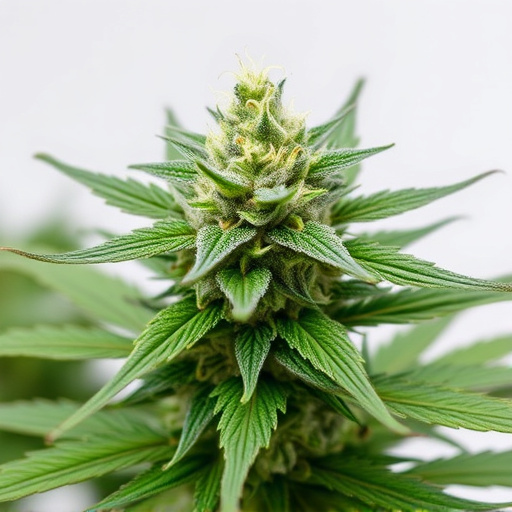
The cultivation techniques employed by growers play a significant role in shaping the final scent profile of cannabis strains. One of the key factors contributing to skunk-like odors is the use of specific growing methods. Many popular strains, especially those known for their robust and pungent aromas, are cultivated in ways that intensify these traits. For instance, some growers prefer open-air cultivation, allowing plants to interact with diverse environmental elements. This technique can lead to a more concentrated buildup of terpenes, which are responsible for the distinctive scents we associate with different cannabis varieties.
When it comes to best-selling cannabis strains, those with skunk-like aromas often dominate the market. This preference is driven by both consumer taste and the perceived therapeutic benefits associated with certain terpene profiles. Growers have also adapted their practices to meet this demand, focusing on techniques that produce these signature scents. As a result, many top strains are cultivated specifically to emphasize their skunky characteristics, ensuring they appeal to consumers seeking these unique aromas.
In conclusion, the skunkier aroma of certain cannabis strains is a result of complex interactions between terpenes and genetic factors. Understanding these elements helps explain why some popular, best-selling cannabis strains carry stronger skunk-like odors during flowering. Through proper cultivation techniques, cultivators can enhance or reduce these aromas, catering to diverse consumer preferences in the competitive market for desirable cannabis scents.
